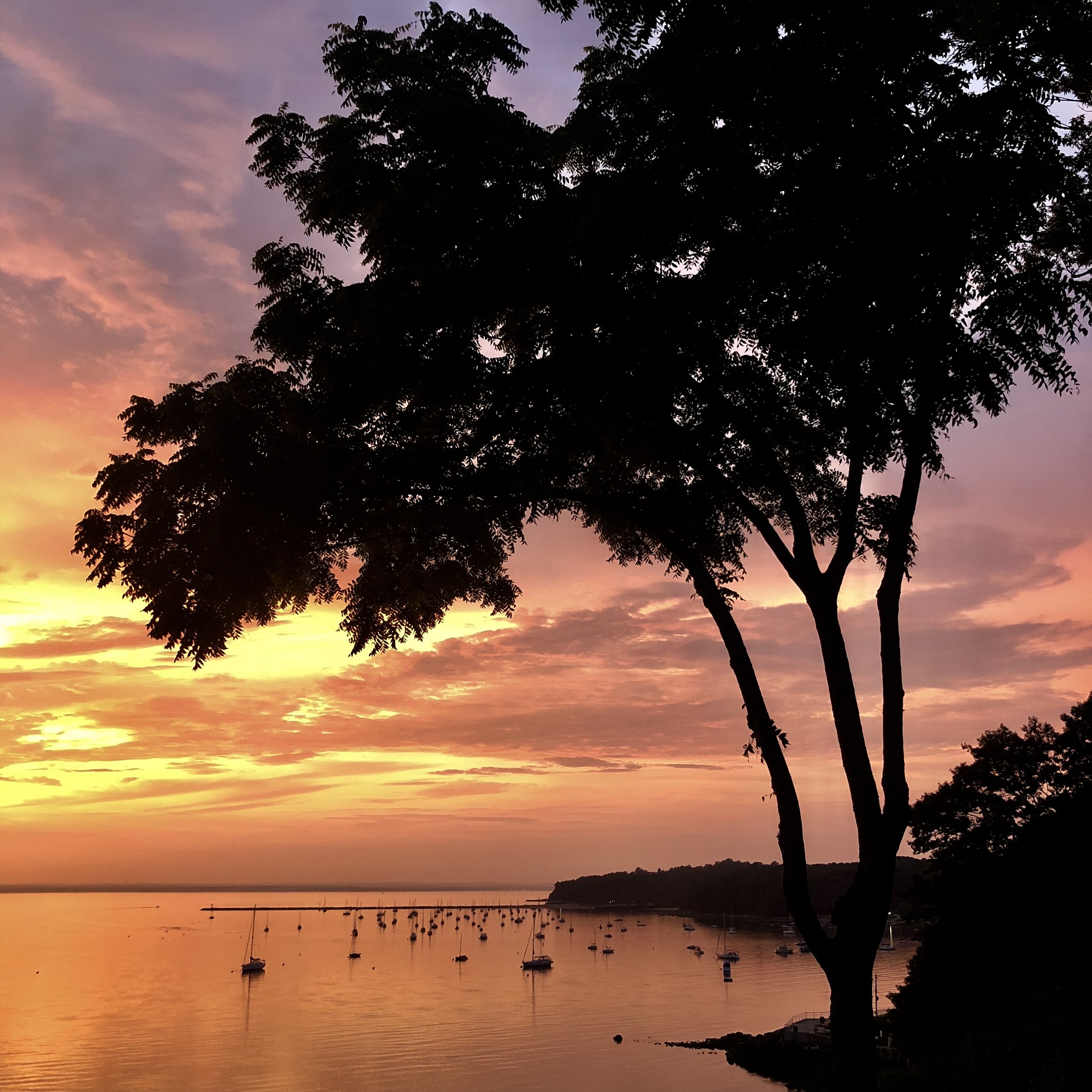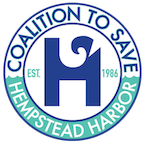
History
About 40 years ago, the view of Hempstead Harbor was much different from what it is today.
The harbor was suffering from air, water, and land-based problems that resulted from past industrial activities along its shores. These problems were the impetus for the formation of a citizens' activist group in 1986, the Coalition to Save Hempstead Harbor. CSHH established Hempstead Harbor's Citizens Water-Monitoring Program in 1992 and initially funded the program through membership support, grants from local foundations and businesses, and volunteer services. The program became widely recognized by other groups around Hempstead Harbor and Long Island Sound and quickly was able to garner support from local municipalities and government agencies. As the program continued, positive changes were occurring not only on the landscape around the harbor, but also on the political landscape, as citizens and government learned to work collaboratively to achieve environmental goals.
In 2006, the Hempstead Harbor Protection Committee, a municipal organization formed in 1995, was able to step up to fund the harbor's water-monitoring program through a Long Island Sound Study grant administered by the National Fish and Wildlife Foundation. The grant enabled the completion of an EPA-approved Quality Assurance Project Plan (QAPP) in 2006, which further enhanced the credibility of the monitoring program and enabled the HHPC to obtain future federal funds for the program.
During 2007, a copy of the QAPP, water-quality data, and other information from the water-monitoring program were requested for two separate shellfish-related projects. The information was used to help fill out the New York State Department of Environmental Conservation’s (DEC’s) data on the level of pathogens in Hempstead Harbor and to determine whether the harbor could be opened to shellfish harvesting in the near term. The results of the DEC's rigorous water-quality testing showed that dramatic water-quality improvements had been achieved in Hempstead Harbor. On June 1, 2011, the efforts of all parties that worked for years to improve conditions in the harbor culminated in the reopening of 2,500 acres of shellfish beds for harvesting in the northern portion of the harbor–a success story that has been highlighted all around Long Island Sound and beyond.
THROUGHOUT THE YEARS

